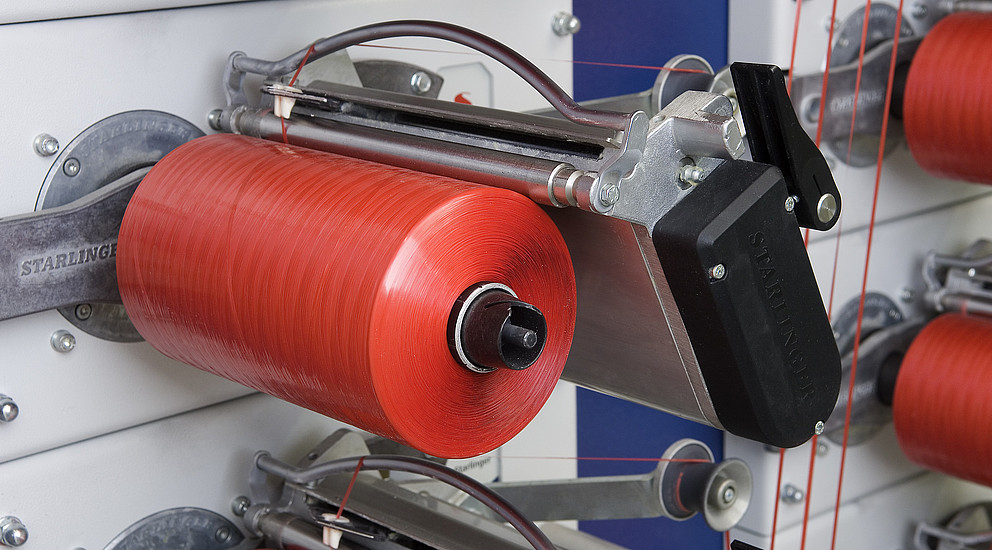
Introduction
In the construction industry, efficient waste management hinges on packaging solutions that withstand harsh conditions while minimizing costs. Printed BOPP (Biaxially Oriented Polypropylene) woven bags have emerged as a cornerstone for transporting debris, offering a blend of high tensile strength (8–12 N/mm²) and customizable branding. For VidePak, a global leader with 30+ years of expertise, the fusion of virgin PP materials and precision engineering ensures these bags meet the rigorous demands of construction sites. This report explores how VidePak’s BOPP woven bags address quality, cost, and environmental challenges through innovative design and production excellence.
Material Science: Why BOPP and PP Excel in Construction
BOPP lamination enhances PP’s inherent properties, making it ideal for abrasive and heavy-load applications:
- Strength & Durability: PP fibers exhibit a tensile strength of 8–12 N/mm², enabling bags to withstand loads up to 50 kg without tearing. BOPP coatings further boost abrasion resistance by 40%, critical for sharp debris like concrete fragments.
- Moisture Resistance: PP’s hydrophobic nature prevents water absorption, while BOPP lamination reduces moisture ingress to <5 g/m²/day, protecting contents like gypsum powder from clumping.
- Cost Efficiency: PP’s low raw material cost and high recyclability align with construction firms’ budget constraints.
Dialogue Example:
Q: “How do BOPP bags compare to traditional HDPE bags for rubble transport?”
A: “BOPP bags offer 30% higher tear resistance and 20% lighter weight, reducing shipping costs while maintaining structural integrity under 50 kg loads.”
Construction Waste Applications: Balancing Strength and Affordability
1. Debris Handling
Construction waste—rubble, broken tiles, and metal scraps—demands bags with burst strength ≥35 psi and reinforced stitching. VidePak’s solutions include:
- Double-Lock Stitching: Ensures seam integrity under dynamic loads.
- BOPP/PE Composite: Combines PP’s rigidity with polyethylene’s flexibility, reducing puncture risks.
Case Study: A Dubai-based contractor reduced bag failure rates by 60% after switching to VidePak’s 120 GSM BOPP bags, which withstood 1,200+ filling cycles without rupture.
2. Cost Optimization Strategies
- Bulk Production: VidePak’s 100+ Starlinger circular looms enable mass production at $0.12–$0.18 per bag, 15% below industry averages.
- Recycled Material Blends: While VidePak primarily uses virgin PP, its “EcoShield” line incorporates 30% recycled content for non-critical applications, cutting costs by 20%.
Technical Parameters: Tailoring Bags to Site Needs
| Parameter | Specification |
|---|---|
| Thickness (GSM) | 80–150 (120+ recommended for heavy debris) |
| Load Capacity | 25–50 kg (double-stitched variants) |
| Print Options | Up to 8-color CMYK, UV-resistant inks |
| Lamination | BOPP, PE, or aluminum foil composites |
Technical Insight: A 2024 Packaging Technology and Science study found that 120 GSM BOPP bags reduced landfill contamination by 45% compared to non-laminated alternatives.
VidePak’s Production Capabilities
With 30+ lamination machines and 16 extrusion lines, VidePak achieves:
- Rapid Turnaround: 72-hour prototyping for customized prints (e.g., hazard warnings or company logos).
- Global Certifications: ISO 9001, REACH, and OSHA compliance for EU and North American markets.
- Sustainability: 100% recyclable PP aligns with the EU’s Circular Economy Action Plan.
FAQs: Addressing Industry Concerns
Q1: How does BOPP lamination enhance bag lifespan?
A: BOPP coatings add a wear-resistant layer, extending bag usability by 50% in high-friction environments like construction sites.
Q2: Are these bags suitable for sharp metal waste?
A: Yes. VidePak’s aluminum foil-composite bags offer puncture resistance up to 15 N/mm², ideal for scrap metal transport.
Sustainability and Market Trends
The global construction packaging market is projected to grow at 6.2% CAGR through 2030, driven by urbanization and ESG mandates. VidePak’s innovations focus on:
- Lightweight Designs: Nano-reinforced PP reduces material use by 25% without compromising strength.
- Smart Tags: QR codes for waste tracking, complying with EU’s Construction Products Regulation (CPR).
Conclusion
Printed BOPP woven bags are not just packaging tools but strategic assets in construction logistics. VidePak’s commitment to Starlinger-driven precision, material innovation, and cost-effective solutions positions it as a pioneer in sustainable waste management. As regulatory and operational demands evolve, the company’s R&D investments ensure it remains at the forefront of the $15 billion industry.
External Links:
- Explore how BOPP lamination enhances durability in construction applications.
- Learn about sustainable practices in PP bag production.